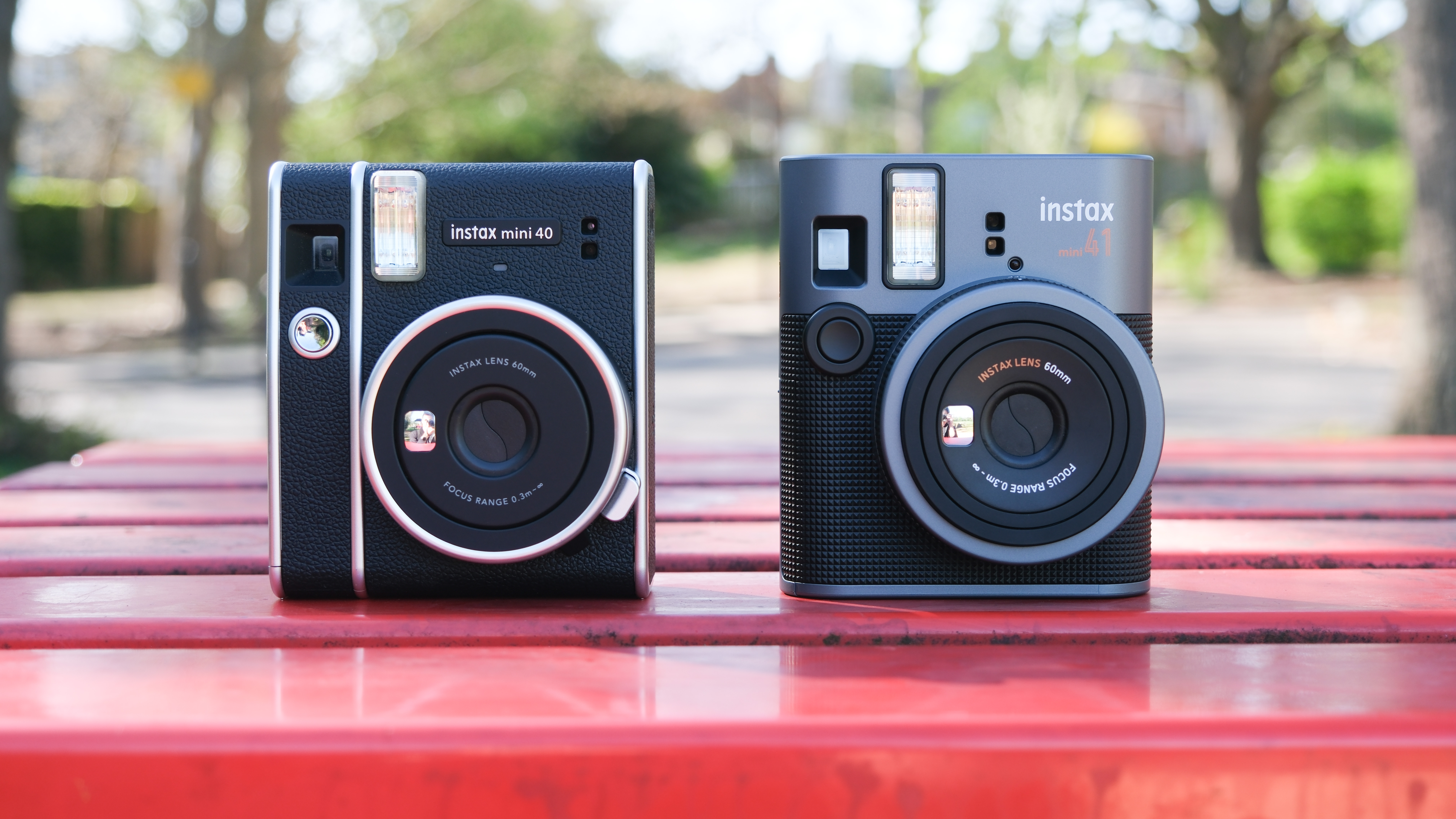Astrophotography in January 2023: what to shoot in the night sky this month
Everything you need to know about what’s happening in the night sky this month
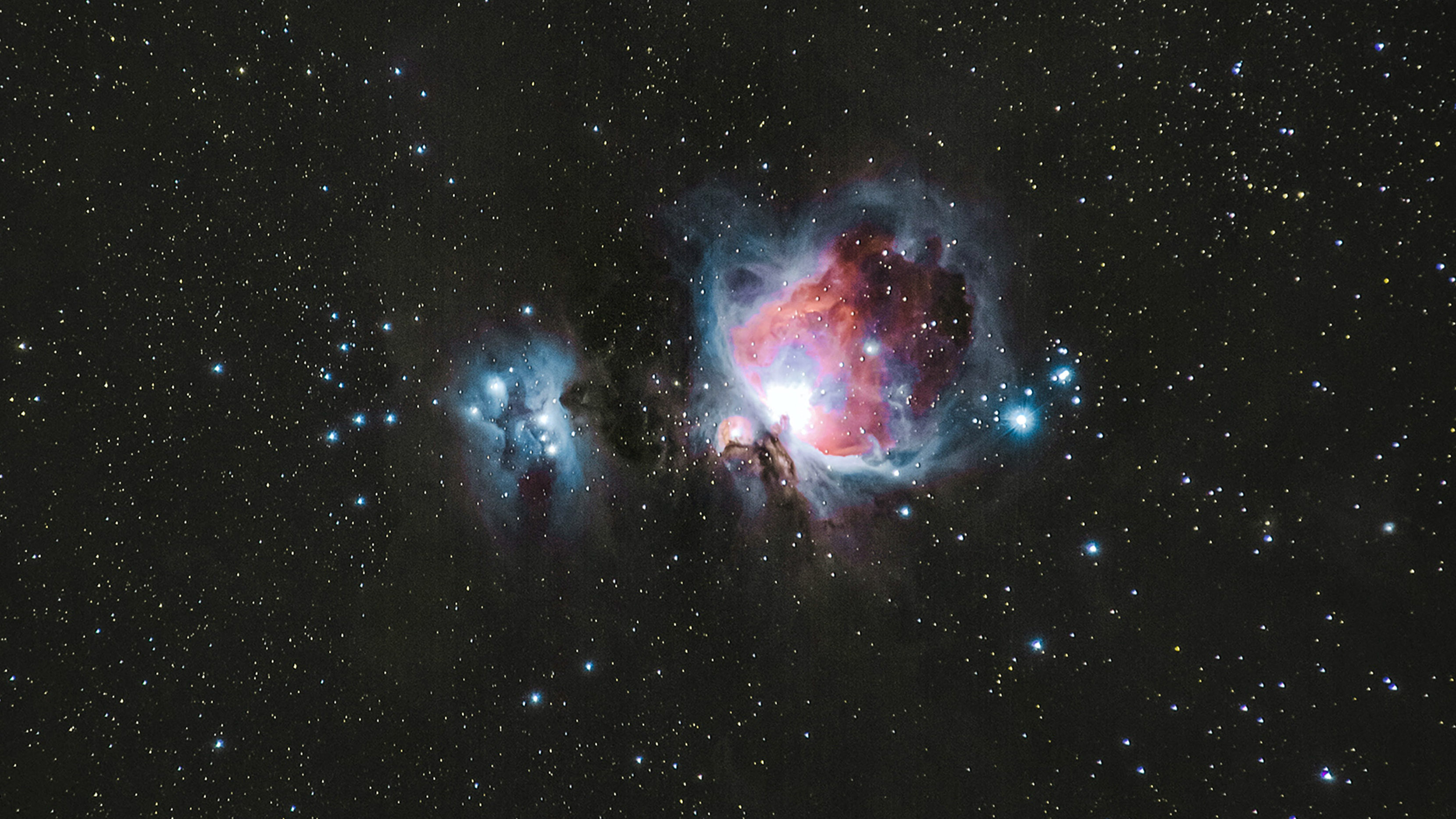
January is a great month for astrophotography in the northern hemisphere. The nights are long and the bright stars of Orion, Taurus and Gemini are shining in the southeast right after dark.
Clear skies allowing, the most notable event of the month to capture is a conjunction of Venus and Saturn in the evening sky. It’s a rare opportunity to see the two iconic planets close together in the night sky before the ‘ringed planet’ disappears from view for a few months. Add a full ‘Wolf Moon’, a meteor shower and several chances to grab images of a beautiful crescent moon and there’s something for all kinds of astrophotographers to enjoy this month. Also check out our 10 key events for astrophotographers in 2023.
January 4: the Quadrantids meteor shower
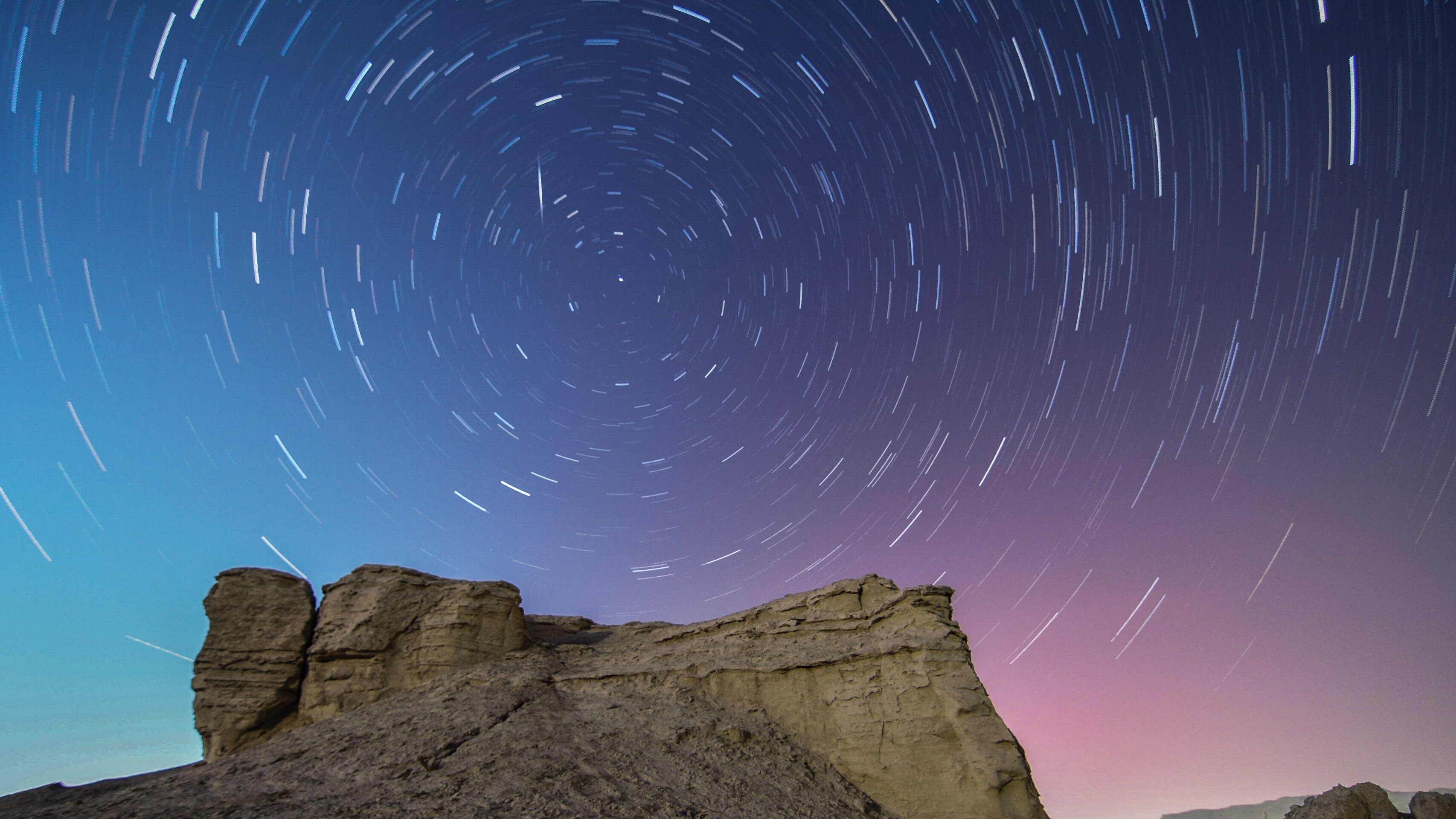
Few astrophotographers make much of the Quadrantids mostly because it occurs at the coldest time of year in the northern hemisphere, but with about 40 ‘shooting stars’ per hour it’s more prolific than most. You don’t need to do much other than using a wide-angle lens to frame an image of the night sky from your backyard, put it on continuous mode and let your camera rattle off a series of 30-second shots until about 3 a.m. You can then check your SD card the next morning for shots that include one or more ‘shooting stars’. The moon will be bright for this one so experiment with a low ISO.
Read: How to photograph a shooting star
January 7: a full ‘Wolf Moon’ rising
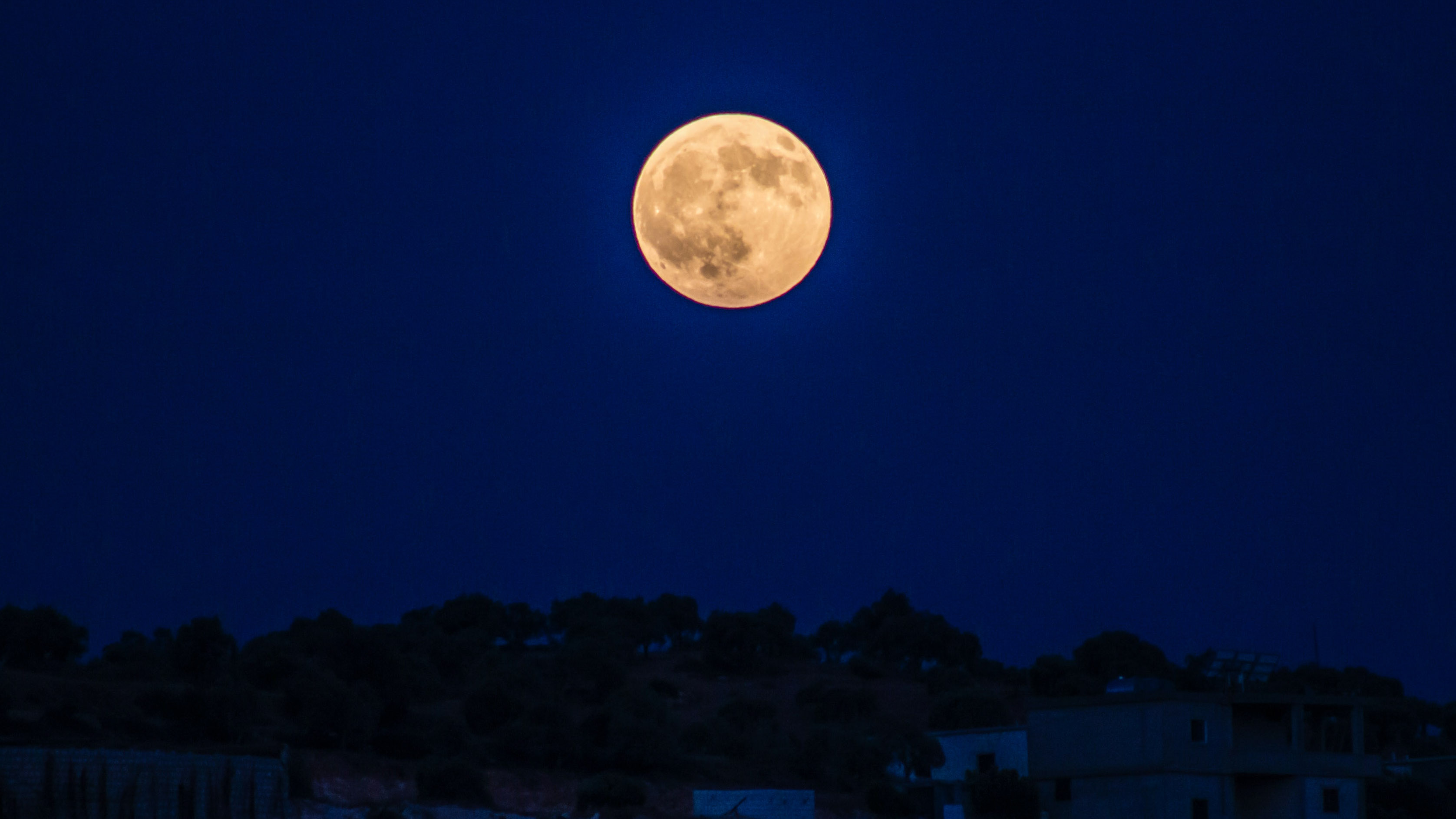
The moment of full moon this month is actually on January 6, but today is the best time to capture it appearing on the eastern horizon during dusk. Check the moonrise time for your location and get your tripod ready, preferably from a second or third floor so you can see the horizon. A 70-300mm lens, a tripod and a remote shutter release will help you get the shot.
Read: How to photograph the full moon
January 15-23: January’s dark sky window opens
Tonight the moon reaches its third quarter phase, which means it rises after midnight. You can usually find short periods of moon-free skies (when constellations, galaxies and other faint deep-sky objects will look their best) in the few nights prior to tonight, but if you’re planning a late-night astrophotography session then tonight through New Moon on January 21 (and a few nights beyond when a crescent moon sets early) is the key period.
Get the Digital Camera World Newsletter
The best camera deals, reviews, product advice, and unmissable photography news, direct to your inbox!
Read: How to try deep-space astrophotography
January 22: a conjunction of Venus and Saturn
A bright Venus and a much dimmer Saturn will shine just 0°21’ from each other in the western sky just after sunset. Saturn is on its way out of the evening sky while Venus is rising into it. The two appear to pass closely tonight, though do get outside quickly because the two planets will sink below the horizon within an hour or so of sunset. You’ll need a 500mm lens, a tripod and a remote shutter release to get the shot, which will look better if you capture the two planets together between or around something else – such as the branches of a tree or either side of a church spire.
January 23: a conjunction of a crescent moon, Venus and Saturn
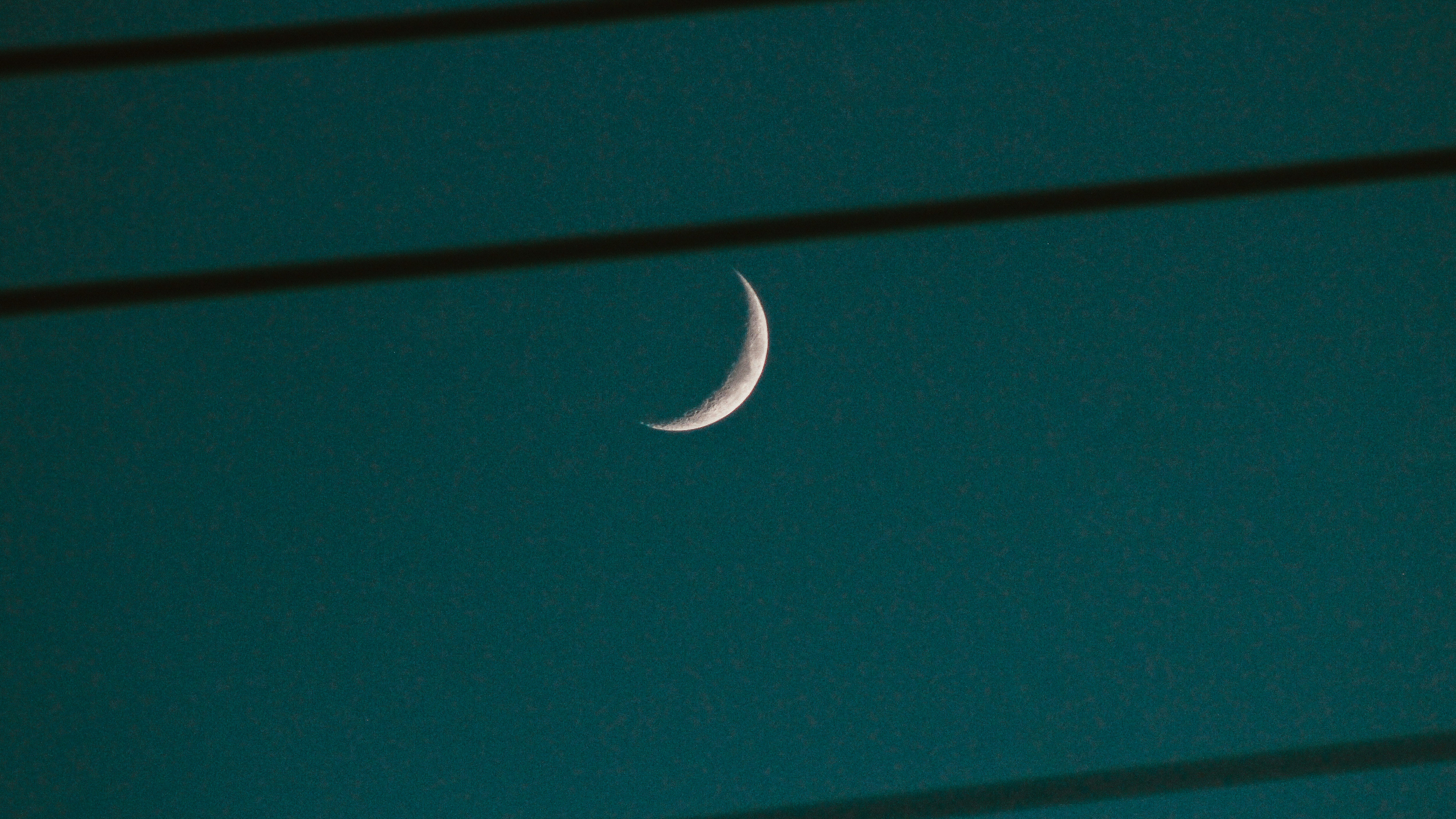
After New Moon at the weekend, the early part of this week is when to go hunting for a crescent moon in the southwest after sunset. Tonight Venus and Saturn – still very close together – will hang beneath a 6%-lit crescent moon.
Read: The best cameras for astrophotography
January 24/25: a crescent moon and ‘Earthshine’
Although it will move further above and away from Venus and Saturn as the week continues, a waxing crescent moon is always a joy to photograph. That's because, for a few nights, it displays Earthshine on the dark limb of the moon. This is sunlight reflected from Earth. To successfully photograph it experiment with different exposures that show Earthshine without blowing out the lit crescent too much (wide-angle and fisheye lenses work well for this).
Deep-sky shot of the month: Orion Nebula
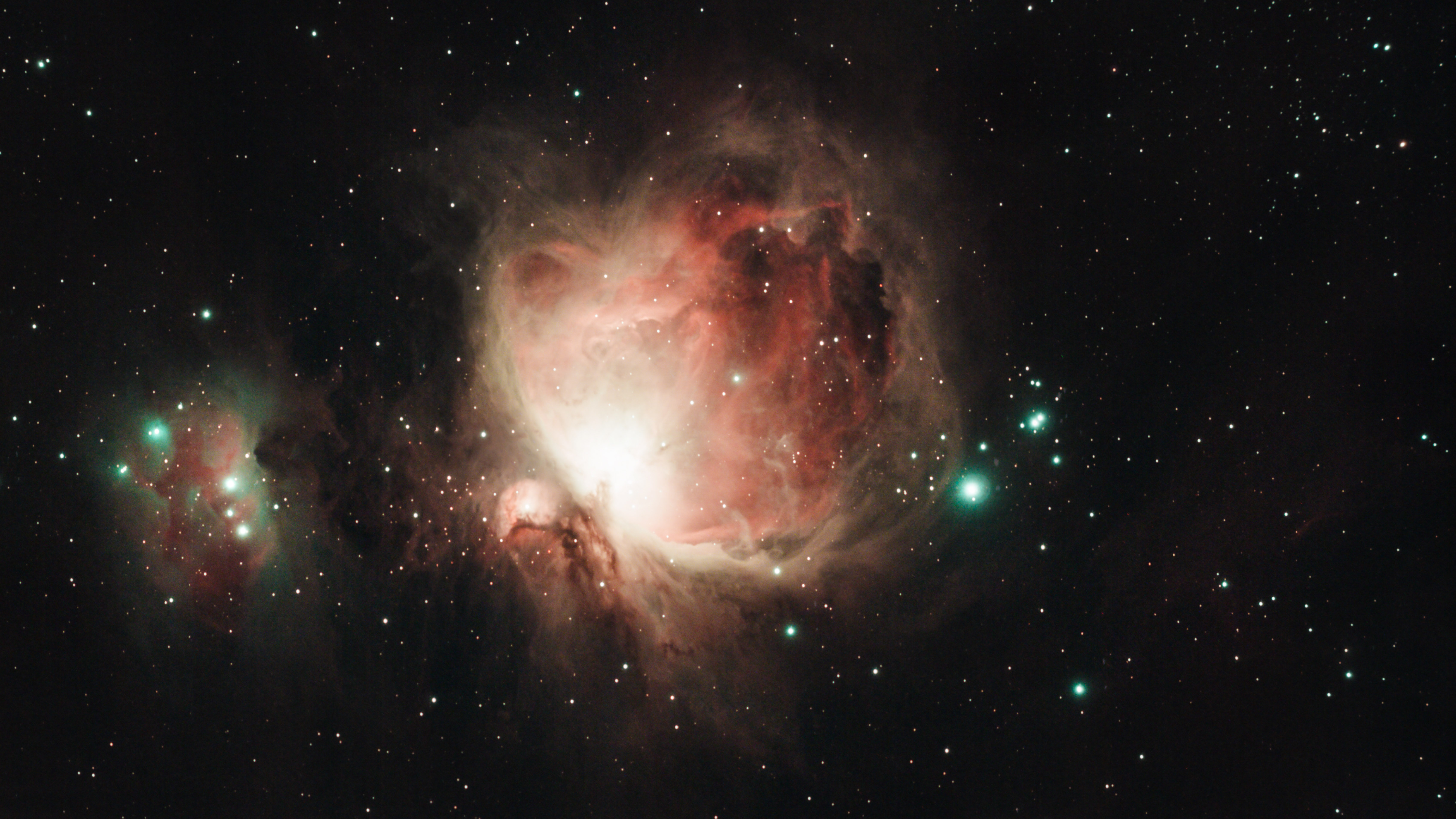
January is an excellent time to try your hand at capturing perhaps the most iconic deep-sky object in the night sky. A vast cloud of gas and dust located about 1,350 light-years from Earth, the Orion Nebula (which astronomers call M42) is a bright star-forming region visible to the naked eye as a fuzzy patch just below Orion’s belt.
To capture it use a DSLR camera with a lens with a focal length of 500mm to 1,000mm (or attach to a telescope). Although you can take a relatively short 15-second exposure of M42 and still see its nebulosity in your image, it’s best to use one of the best star trackers. That way you can expose for longer (up to two or three minutes) and your camera will automatically track it without the need for repositioning.
Read more:
• Astrophotography: How-to guides, tips and videos
• Astrophotography tools: the best camera, lenses and gear
• The best lenses for astrophotography
• The best star tracker camera mounts
• Best equatorial mounts
• Best deep-space telescopes
• The best light pollution filters
• The best CCD cameras for astrophotography
• The best spotting scopes
• The best binoculars
• The best microscopes

Jamie has been writing about photography, astronomy, astro-tourism and astrophotography for over 15 years, producing content for Forbes, Space.com, Live Science, Techradar, T3, BBC Wildlife, Science Focus, Sky & Telescope, BBC Sky At Night, South China Morning Post, The Guardian, The Telegraph and Travel+Leisure.
As the editor for When Is The Next Eclipse, he has a wealth of experience, expertise and enthusiasm for astrophotography, from capturing the moon and meteor showers to solar and lunar eclipses.
He also brings a great deal of knowledge on action cameras, 360 cameras, AI cameras, camera backpacks, telescopes, gimbals, tripods and all manner of photography equipment.
